Cellular mechanisms in endometriosis revisited
Academicians from Kashihara and Nara, Japan led by Dr. Kobayashi have published their review on the cellular mechanisms of endometriotic tissues in a recent issue of Reproductive Medicine and Biology. Endometriosis is a common global gynecologic ailment affecting millions of…
Key Points Lay SummaryHypoxia and endometriosis: A review of mechanisms
Various mechanisms have been suggested to explain the development of endometriosis lesions. One of these is hypoxia, which can induce changes in endometrial cells, but the exact mechanism is not yet clear. Zhou et al from China wrote a review…
Key Points Lay SummaryA hot research topic: macrophage reprogramming for endometriosis treatment
Daria Artemova and colleagues from several research institutes of the Russian Federation have published their review on the cellular aspects of endometriosis related to macrophages, particularly emphasizing promising therapeutic options for the future in "International Journal of Molecular Sciences". Macrophages have…
Key Points Lay SummaryOxygen deprivation (hypoxia) has a critical role in the pathogenesis and progression of endometriosis
Dr. Wan-Ning Li and associates from academic institutions from Taiwan have published their review paper on the role of hypoxia and possible therapeutic outcomes in the medical journal named "Reproduction" recently. Endometriosis is an important ailment with huge medical and social…
Key Points Lay SummaryAnalogous pathways of peritoneal tumor wound healing and endometriosis.
Endometriosis, diagnosed around 10-15% of women population in their reproductive period, is a chronically progressive inflammatory disease to cause peritoneal lesions while spreading into the abdominal cavity. The pathophysiology of the adhesions between the peritoneum and pelvic organs can be…
Key Points Lay SummaryA new hope for a "targeted" drug for endometriosis
Lin et al. from National Cheng Kung University, Taiwan, recently published in"Theranostics" the article entitled "Targeting Anthrax Toxin Receptor 2 Ameliorates Endometriosis Progression”, report that ANTRX2 may be a novel therapeutic target for endometriosis. Thinking that the adhesion should be the first and the…
Key Points Lay SummaryResearch Sheds Light Onto Molecular Mechanism of Endometriosis
A cell signaling molecule called transforming growth factor β 1 or TGF-β1 is involved in the development of endometriosis, a new study found. A better understanding of the molecular events associated with the development of this disease could help scientists…
Key Points Lay Summary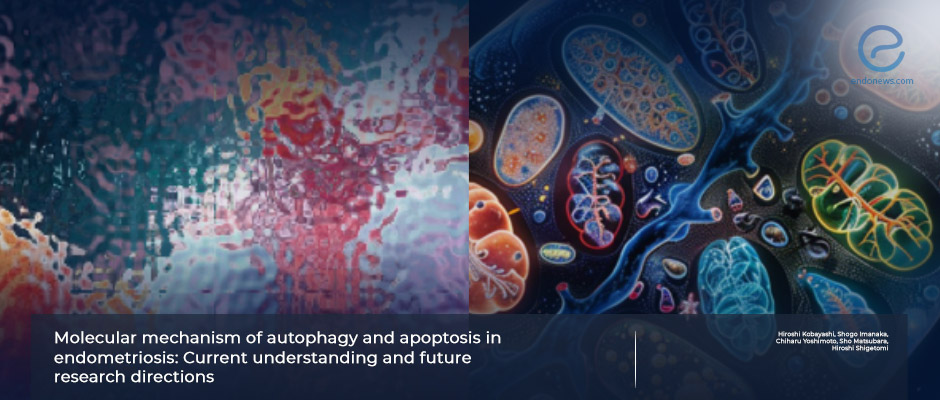
 By Nasuhi Engin Aydin
By Nasuhi Engin Aydin
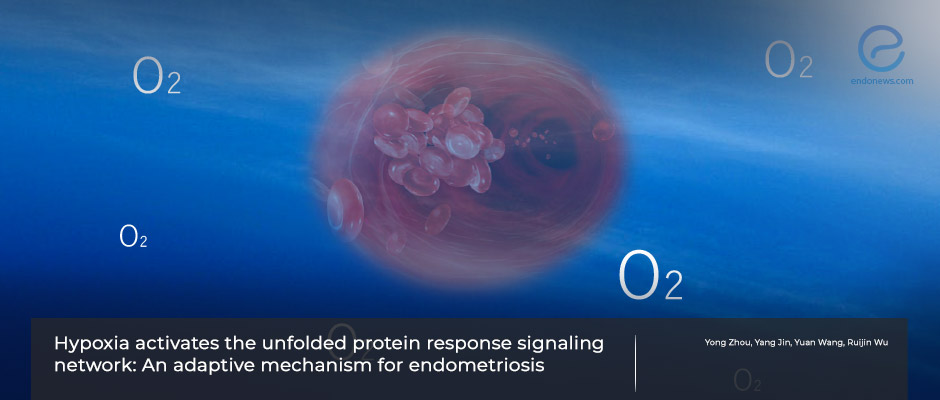
 By Eylül GÜN
By Eylül GÜN
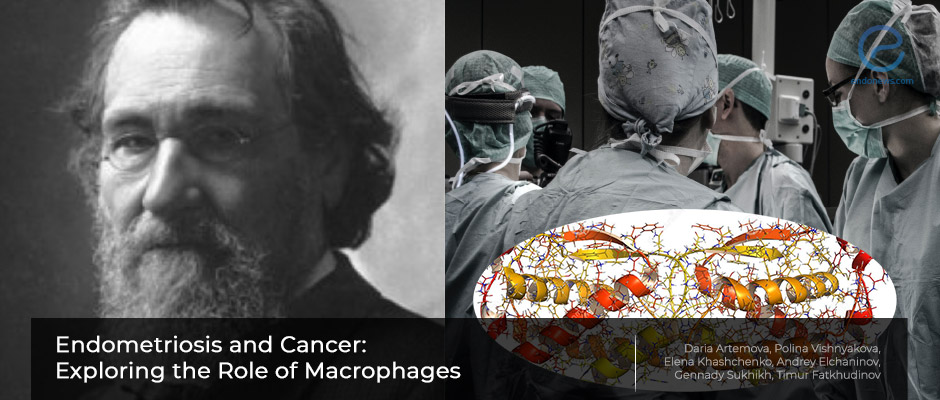
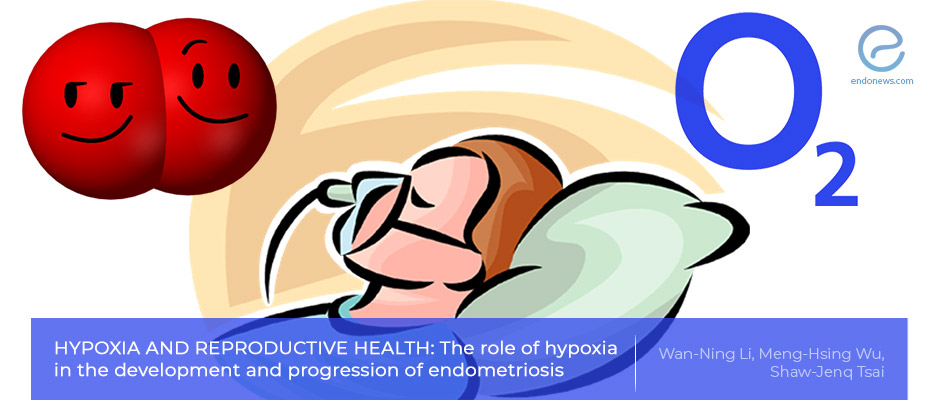
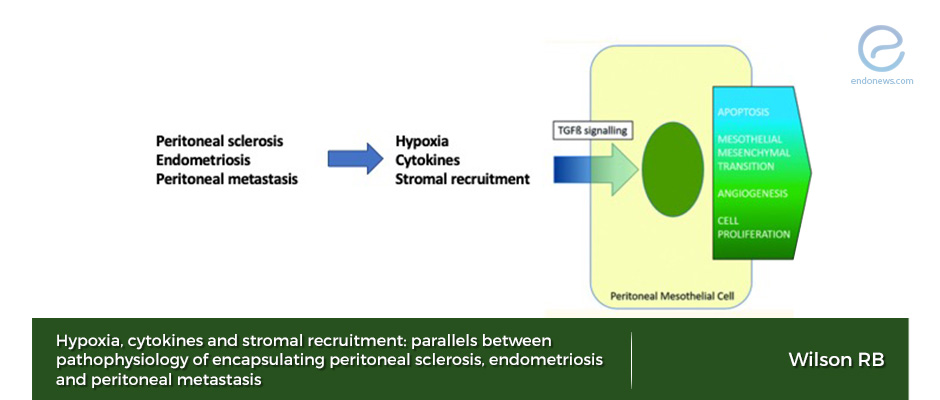
 By Selma Oransay
By Selma Oransay
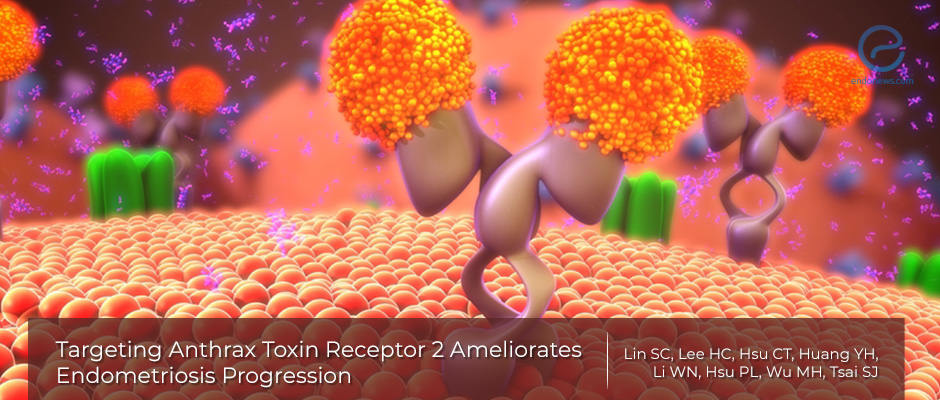
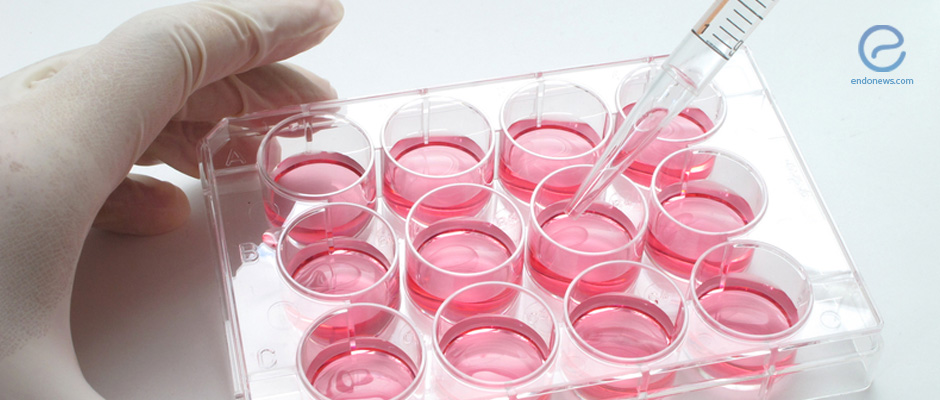
 By Özge Özkaya
By Özge Özkaya